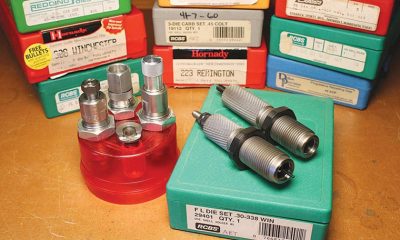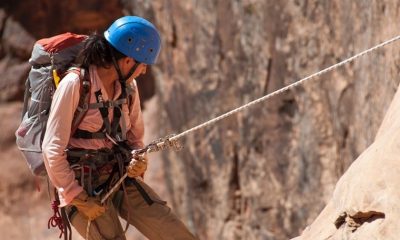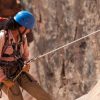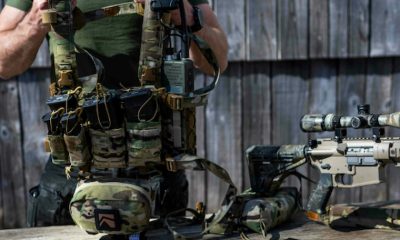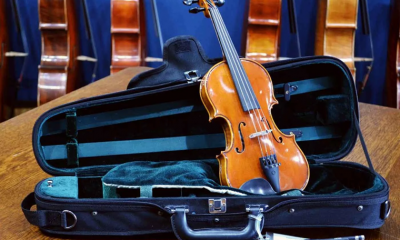Sports & Travel
The Essential Guide to Rifle Slings: What You Need to Know
A rifle sling is a simple yet indispensable tool for any shooter, whether you’re a hunter, a competitive shooter, or someone who enjoys spending time at the range. It serves multiple purposes, from aiding in the steady aim of a shot to providing a convenient way to carry your firearm.
In this guide, we’ll explore the different types of rifle slings, how to choose the right one for your needs, and tips on how to use and maintain your sling effectively.
The Purpose of a Rifle Sling
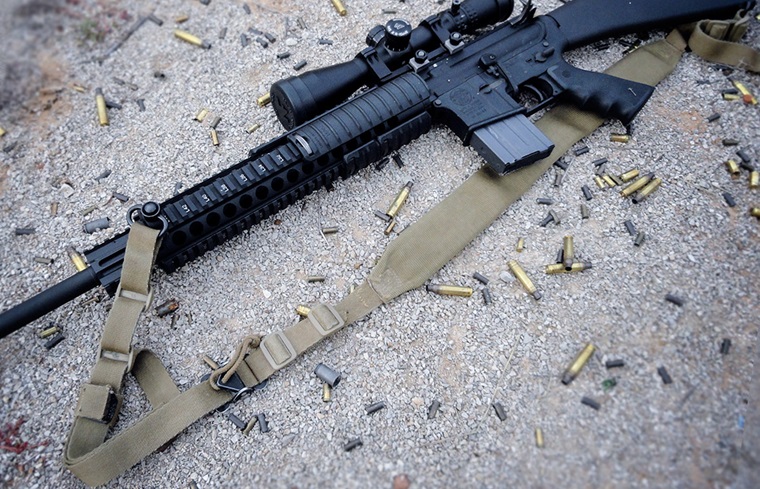
At its core, a rifle sling is designed to help you carry your firearm more comfortably and securely. However, its usefulness extends far beyond simple transportation. Here are some key functions of a rifle sling:
- Carrying Convenience: A sling frees up your hands by allowing you to carry the rifle over your shoulder or across your body. This is particularly useful during long treks through the woods, on uneven terrain, or when you need your hands for other tasks.
- Stabilizing Your Aim: A properly used sling can provide additional stability when aiming, effectively reducing movement and improving accuracy. By creating tension between the rifle and your body, a sling can help steady the firearm, which is especially beneficial for long-distance shots.
- Quick Accessibility: A well-fitted sling allows for quick transitions between carrying and firing positions. This is crucial in hunting scenarios where speed and efficiency can make the difference between a successful hunt and a missed opportunity.
Types of Rifle Slings
There are several types of rifle slings, each with its own advantages and specific use cases. Understanding these differences is key to selecting the right sling for your needs.
Single-Point Sling
Overview: A single-point sling attaches to the rifle at one point, usually at the rear of the receiver. This type of sling allows for easy maneuverability and quick transitions between shooting and carrying positions.
Pros: It’s ideal for situations requiring rapid movement or frequent switching between shoulders. Single-point slings are often used in tactical or close-quarters scenarios.
Cons: While versatile, they can allow the rifle to swing freely, which might not be ideal in all situations, particularly when moving quickly or navigating rough terrain.
Two-Point Sling
Overview: The two-point sling is the most traditional and widely used type. It attaches to the rifle at two points—typically at the front and rear of the stock. This type of sling can be worn over the shoulder or across the body.
Pros: Two-point slings offer a balance of stability and flexibility, making them suitable for most shooting scenarios. They provide good control over the rifle’s position and are effective in both carrying and shooting.
Cons: Adjusting the length of the sling can take time, which might be a drawback in situations requiring rapid deployment.
Three-Point Sling
Overview: A three-point sling adds an additional strap that runs along the length of the rifle. This type of sling is designed to provide maximum stability and security, keeping the rifle close to the body while allowing for easy transitions between positions.
Pros: Three-point slings offer excellent control and are often used by military and law enforcement due to their secure fit and versatility.
Cons: The added complexity can make them harder to adjust and use, and they might feel cumbersome for some users, especially in non-tactical scenarios.
Ching Sling
Overview: The Ching Sling is a specialized two-point sling that includes a third attachment point near the middle. This design allows for quick and easy tightening of the sling to stabilize the rifle without needing to wrap it around your arm.
Pros: Ideal for precision shooting, the Ching Sling provides excellent stability and is easy to adjust quickly. It’s particularly favored by hunters and long-range shooters.
Cons: The specific setup might not be necessary for all shooters, especially those not focused on long-distance precision shooting.
Choosing the Right Rifle Sling
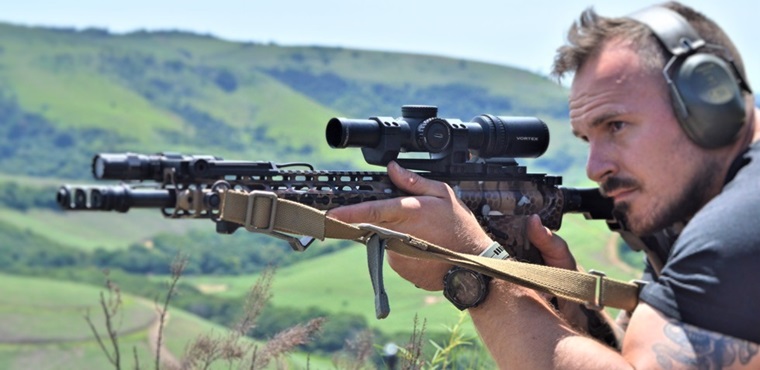
Selecting the right rifle sling depends on several factors, including your shooting style, the type of rifle you use, and the environments in which you typically shoot. Here are some considerations to keep in mind:
- Purpose: Consider what you primarily use your rifle for. If you’re a hunter who spends hours trekking through the woods, a comfortable, padded two-point sling that distributes weight evenly might be ideal. For tactical shooting or competitive sports, a single-point or three-point sling that allows for rapid transitions might be more appropriate.
- Material: Slings come in various materials, including leather, nylon, and neoprene. Leather slings are durable and have a classic appearance, but they can be heavier and require maintenance. Nylon slings are lightweight, weather-resistant, and more affordable, making them a popular choice for many shooters. Neoprene slings offer excellent padding and are great for heavy rifles or extended use.
- Adjustability: The ability to quickly adjust the length of your sling is crucial, especially in dynamic shooting environments. Look for slings with easy-to-use adjustment mechanisms that allow you to tighten or loosen the sling on the fly.
- Comfort: Comfort is key, especially if you carry your rifle for extended periods. Padded slings can reduce strain on your shoulder and neck, making them a better choice for long hunting trips or military-style operations.
- Attachment Points: Ensure that the sling you choose is compatible with your rifle’s attachment points. Some slings require specific mounts or swivels, so it’s important to check compatibility before purchasing.
How to Use and Maintain Your Rifle Sling
Proper use and maintenance of your rifle sling are essential for maximizing its lifespan and effectiveness:
- Fitting: When fitting your sling, ensure that it is adjusted to your body size and shooting style. The sling should be snug but not too tight, allowing for comfortable carrying and steady aiming.
- Practice: Familiarize yourself with your sling in various shooting positions. Practice transitioning between carrying and firing positions to ensure you can do so smoothly and efficiently.
- Maintenance: Regularly inspect your sling for wear and tear, particularly at the attachment points. If your sling is made of leather, apply leather conditioner periodically to prevent it from drying out and cracking. For nylon or neoprene slings, clean them with mild soap and water as needed.
- Storage: Store your sling in a dry, cool place when not in use to prevent damage from moisture or extreme temperatures. If you’re storing your rifle for an extended period, consider removing the sling to avoid stretching or deforming it.
Conclusion
A rifle sling is more than just an accessory—it’s an essential tool that can enhance your shooting experience, improve accuracy, and make carrying your rifle more comfortable. By understanding the different types of slings available and choosing one that suits your needs, you can ensure that you’re well-equipped for any shooting scenario.
Writing for the blog since 2012, Chris simply loves the idea of providing people with useful info on business, technology, vehicles, industry, sports and travel – all subjects of his interest. Even though he sounds like quite the butch, he’d watch a chick flick occasionally if it makes the wife happy, and he’s a fan of skincare routines though you’d never have him admit that unless you compliment his impeccable skin complexion.



